Elon Musk’s Quest to Make Twitter Worse
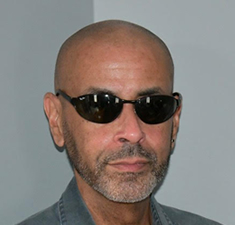
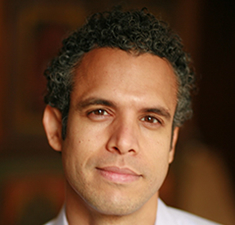
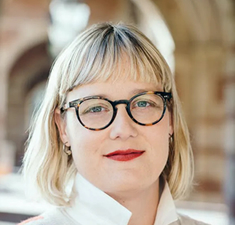
Elon Musk’s presence has loomed over Twitter since he announced plans to purchase the platform. And for these few weeks that he’s been in charge, many concerns have proven to be justified. Musk laid off 3,700 employees, and then 4,400 contractors. He is firing those who are critical of him. The verification process, perhaps one of Twitter’s most trusted features, has been unraveled. He’s offered severance to those who don’t want to be part of “extremely hardcore” Twitter. Following the results of a Twitter poll, he reinstated the account of Donald Trump, who was suspended from the platform for his role in inciting the January 6th attacks.
So, what happens now? What of the many social movements that manifested on Twitter? While some movements and followings may see new manifestations on other platforms, not everything will be completely recreated. For example, as writer Jason Parham explains, “whatever the destination, Black Twitter will be increasingly difficult to recreate.”
In this episode of Community Signal, Patrick speaks to three experts: Sarah T. Roberts, associate professor in the Department of Information Studies at UCLA, trust and safety consultant Ralph Spencer, and Omar Wasow, assistant professor in UC Berkeley’s Department of Political Science and co-founder of BlackPlanet, about the current state and future of Twitter. They dissect the realities facing the platform today including content moderation, loss of institutional knowledge, and uncertainty about Twitter’s infrastructure, but also emphasize the importance of Twitter as a social utility for news and more.
This episode also touches on:
- The reality of moderating a platform like Twitter
- What platforms actually mean when they say they’re for “free speech”
- How Musk tanked the value of verification on Twitter
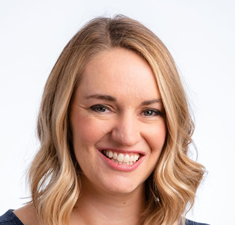 As
As 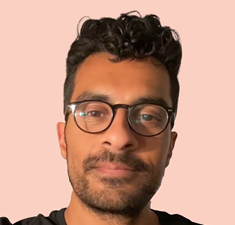 Recently, community pro Danielle Maveal joined Community Signal to discuss
Recently, community pro Danielle Maveal joined Community Signal to discuss 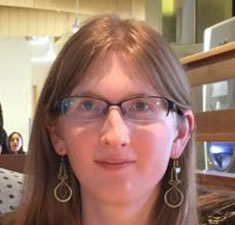 If you’re wondering how you can more actively foster safety and belonging for LGBTQ+ folks in your online community, there’s precedent to learn and borrow from. In this episode of Community Signal, we’re joined by
If you’re wondering how you can more actively foster safety and belonging for LGBTQ+ folks in your online community, there’s precedent to learn and borrow from. In this episode of Community Signal, we’re joined by 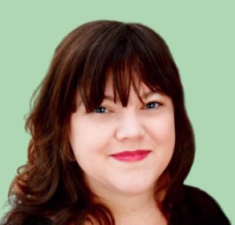 Which team or leader does your community organization report into? And which would you like it to? Community teams can be successful as independent pillars or as part of other verticals, like product, ops, or marketing. In this episode of Community Signal,
Which team or leader does your community organization report into? And which would you like it to? Community teams can be successful as independent pillars or as part of other verticals, like product, ops, or marketing. In this episode of Community Signal, 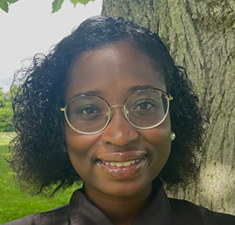 Do you manage an international community? How do you thoughtfully foster community across different continents, languages, and norms?
Do you manage an international community? How do you thoughtfully foster community across different continents, languages, and norms? 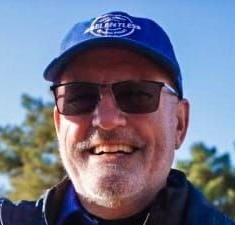 As the former director of community for HuffPost, where he led the management of an active, massive comment section,
As the former director of community for HuffPost, where he led the management of an active, massive comment section, 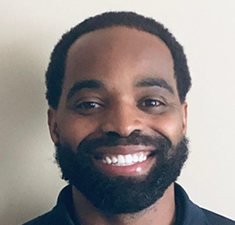 Is speaking one-on-one with your community members part of your community strategy? For
Is speaking one-on-one with your community members part of your community strategy? For 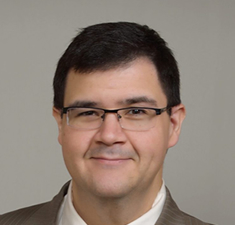 Which community leaders helped you grow as a professional? Who in the industry do you study from or reference? On
Which community leaders helped you grow as a professional? Who in the industry do you study from or reference? On 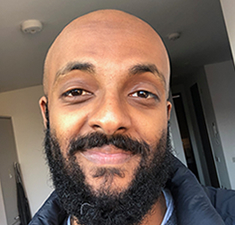 This conversation with
This conversation with